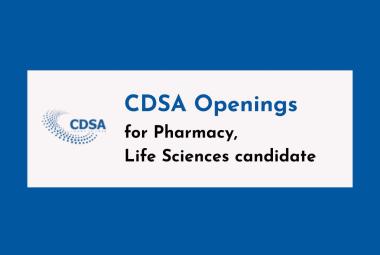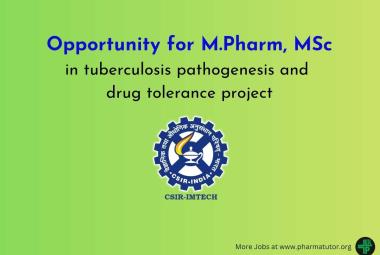Savitribai Phule Pune University’s department of Interdisciplinary School of Health Sciences and Institute of Bioinformatics and Biotechnology have proved that Triphala, a widely used ayurvedic formulations, effective against a wide range of diseases like cardiovascular diseases, asthma, arthritis, diabetes and cancer. The team of scientists Uma Chandran, Neelay Mehendale, Girish Tillu and Prof. Bhushan Patwardhan used a technique known as poly-pharmacology. Triphala formulation as a whole contains 174 bioactives.
[adsense:336x280:8701650588]
Poly-pharmacology, also known as network pharmacology, attempts to understand drug action and interactions with multiple targets. Further, network pharmacology also attempts repurposing existing drug molecules for different therapeutic conditions, stated the researchers in their study which is published in the latest edition of the Indian National Science Academy Journal.
Integrating systems biology and network pharmacology can accelerate research for drug targets and help in designing new drugs, which can modulate multiple biological targets. The constructed network system can predict the main active components, and their corresponding targets, which can be helpful for the therapeutic applications of complex formulations of traditional medicine, stated the research team.
[adsense:468x15:2204050025]
One of the key ingredients of Triphala is Amalaki. Some studies have already shown the beneficial effect of Amalaki to suppress neuro degeneration in fly models of Huntington’s and Alzheimer’s. Triphala is an effective medicine used as a general health promoter, for cosmetic purpose to improve skin and hair quality and for diabetic wound management. It is considered as a good rejuvenator facilitating nourishment of all tissues. It is a choice for the treatment of several diseases, especially those of metabolism, dental and skin conditions and cancer.
Many active compounds or bioactives from traditional medicine sources could serve as good starting compounds and scaffolds for rational drug design. Most of these compounds are part of routinely-used, traditional medicines and hence their tolerance and safety are relatively better known than any other chemical entities that are new for human use, said the researchers.
Subscribe to PharmaTutor News Alerts by Email >>







